10 ‘Volume Eating’ Tips To Speed Up Weight Loss
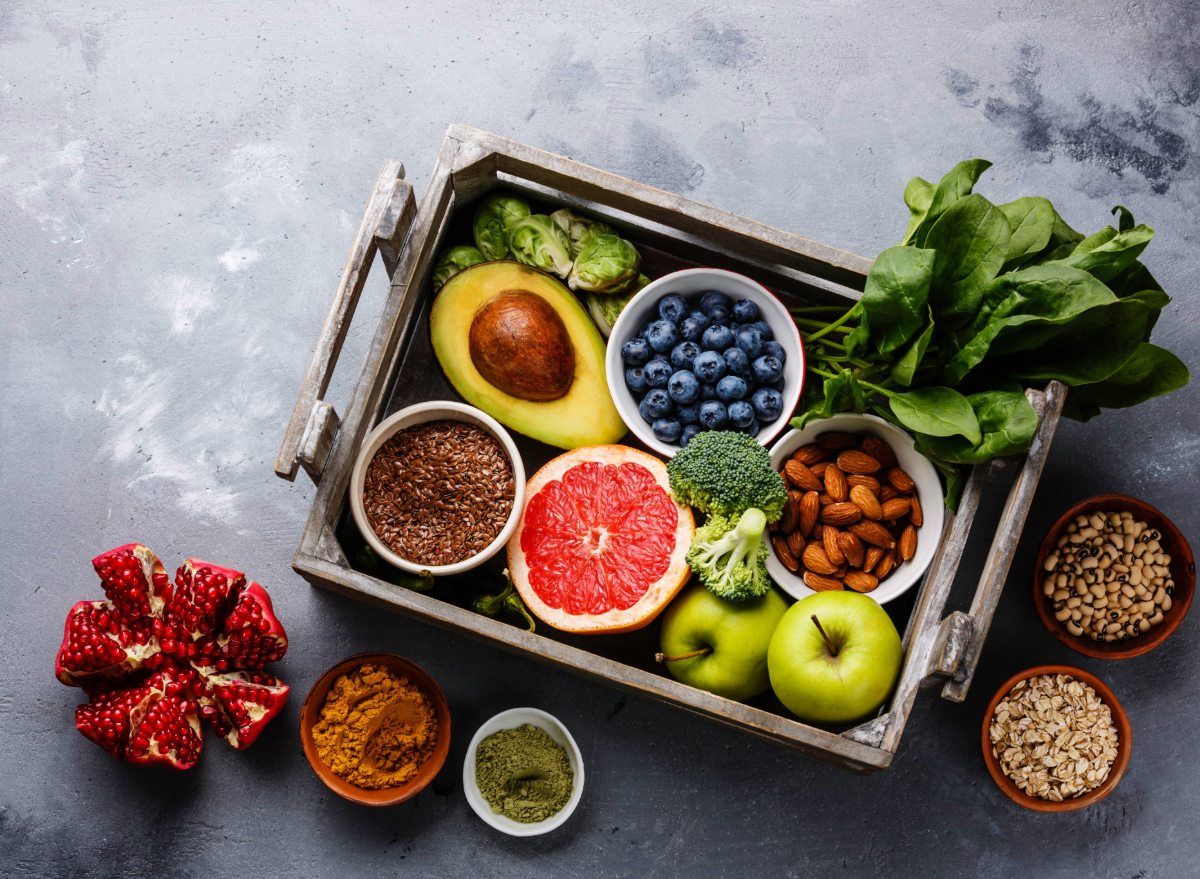
Volume eating is one of the best weight-loss hacks people swear by when trying to shed a few pounds. The premise is essentially eating more to lose weight, which is a pretty appealing formula, don’t you think? We spoke with the experts and have everything you need to know to hop on the trend. Lori Barrett, RDN, of Top Nutrition Coaching, and Lisa Young, Ph.D., RDN, the author of Finally Full, Finally Slim, a nutritionist in private practice, and a member of our Medical Expert Board, share their best volume eating tips to speed up your weight-loss efforts, so listen and eat up!
“Volume eating is beneficial for weight loss because it allows the consumption of larger portions with fewer calories,” explains Young. “High-volume foods are those with high fiber and water content thus contributing to satiety and feelings of fullness. It also helps maximize nutrient intake while controlling calories.”
Keep reading to learn about the best volume eating tips for weight loss, according to experts. And when you’re finished, check out The #1 Best Type of Exercise for Weight Loss.
Consume foods that have a high water content.
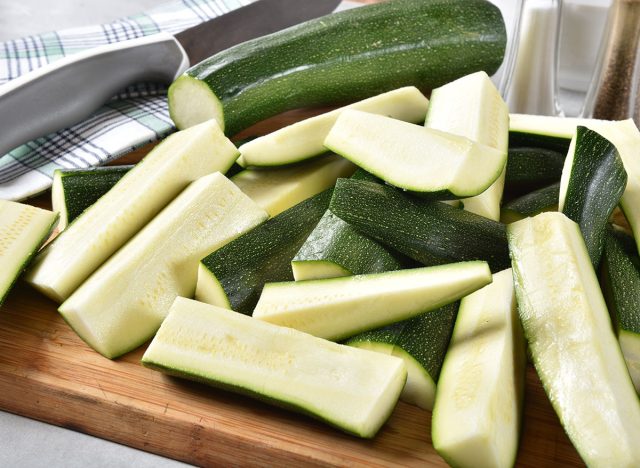
By eating foods that have a high water content, you’re giving your body an additional source of water—not just drinking it. “Water can help your energy levels [and] brain function, lubricate your joints, maintain your body temperature, help transport waste out of your system, and maximize physical performance,” explains Barrett.
Fill half your plate with low-carb, high-water-content foods.
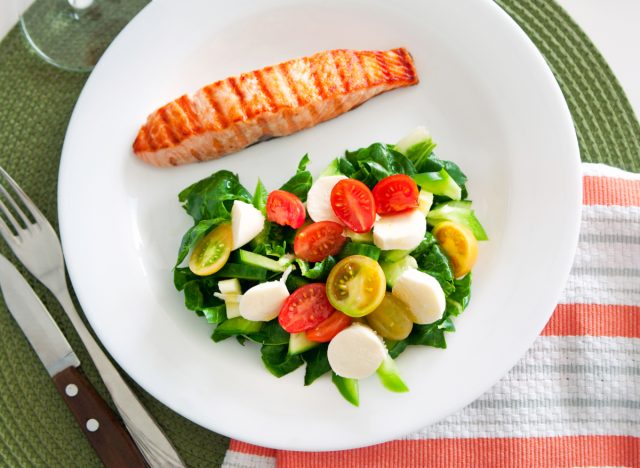
Low-carb, high-water foods work great when it comes to filling you up. By only filling half your plate, you are also dodging extra calories while speeding up your weight-loss efforts. Examples of high-water content foods, according to Barrett, include lettuce, cucumbers, zucchini, celery, tomatoes, peaches, strawberries, watermelon, oranges, and skim milk.
Be mindful of your high-water-content food prep.
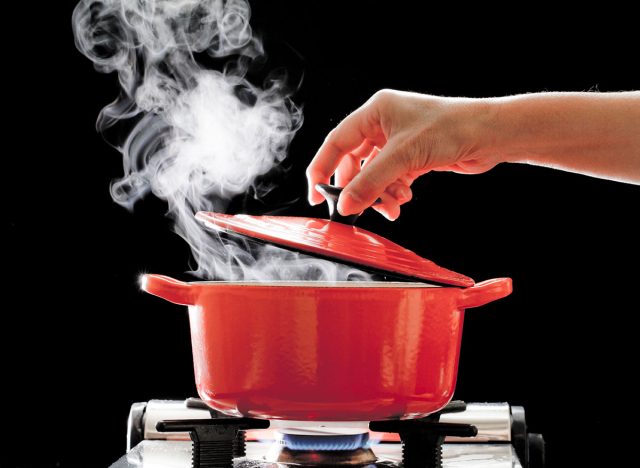
It’s easy to get carried away with extra oils and sauces when cooking. This is why Barrett stresses to be mindful of how you prep your high-water-content foods and recommends steaming them. “Steaming may keep the water content of the vegetable as it was in the raw state while roasting can cause more evaporation to take place,” she explains.
Combine high-water-content foods with low-water-content foods.
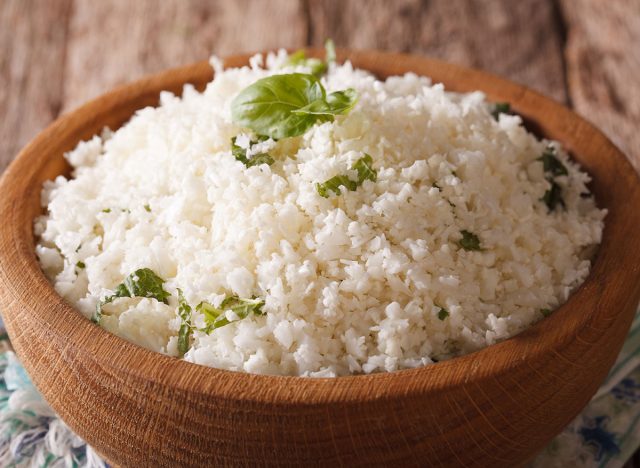
Enjoy your high-water-content foods with low-water-content foods. For example, pair tuna with celery, eggs with mushrooms and spinach, rice with cauliflower rice, and so on.
Know the water content of the food you consume.
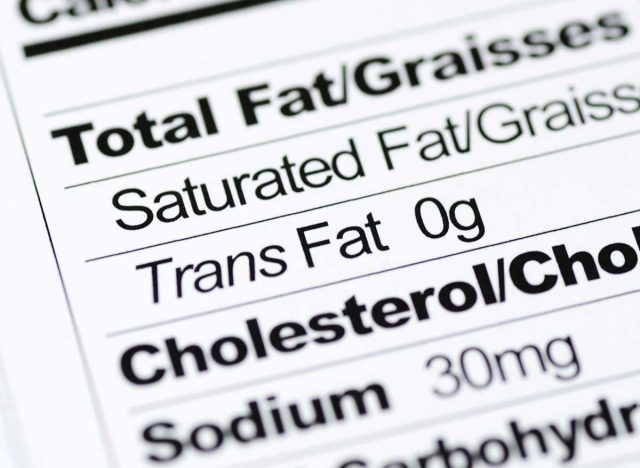
Become familiar with how much water is in your food. A great resource to keep handy is the USDA Food Data Central website, where you can search any particular food and learn its water content.
Barrett shares, “Here is a DIY method of figuring out the water content of a food you’re interested in. On the nutrition label, your product will list the serving size in grams. After adding up the number of grams of carbohydrate, fat, and protein in the serving, minus it from the total serving size (in grams) then what is left divide it by the total serving size. This should give you approximately the percentage of the water amount in that product.”
Keep in mind the importance of lean or plant-based protein.
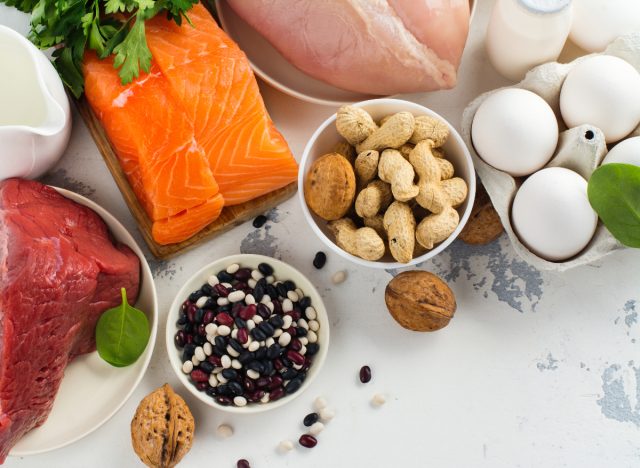
Don’t lose sight of how essential protein is to any healthy diet. “Protein is needed for the nine essential amino acids your body needs to perform and make thousands of proteins and enzyme reactions for your body to function at its best,” shares Barrett.
Don’t forget to include fats and carbohydrates.
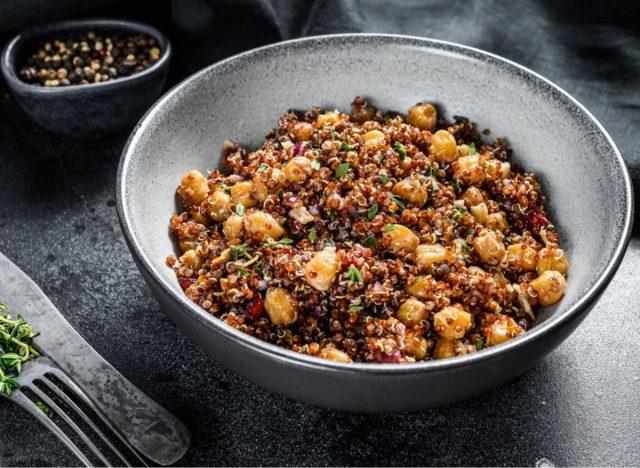
In addition to protein, carbs and fats are key players as well when it comes to a well-rounded diet and weight loss. Both contribute to energy levels, brain function, vitamin absorption, and hormone production as well. Barrett suggests, “Limit portion sizes for weight management and choose from sources of unprocessed carbohydrates and poly-unsaturated oils to round out your meal.”
Find creative ways to work more fruits and veggies into meals.
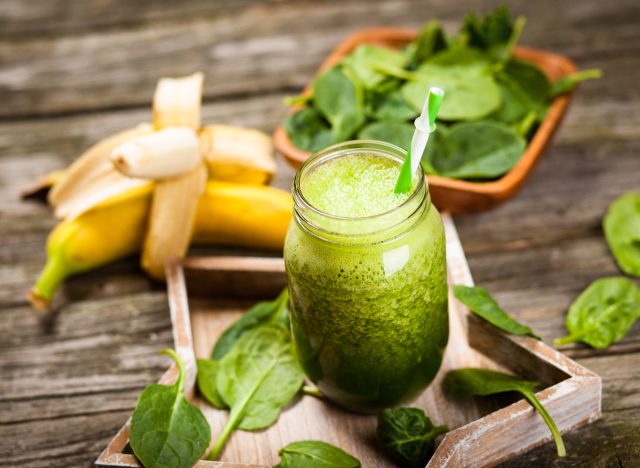
Being healthy can be fun! Find creative ways you can add more fresh fruits and vegetables to your meals. By doing so, you’re adding fiber, which helps you feel fuller for a longer period of time. “Focus on non-starchy vegetables including broccoli, leafy greens, and cauliflower as they are low in calories and rich in fiber, vitamins, and minerals,” suggests Young.
Limit or eliminate ultra-processed foods.
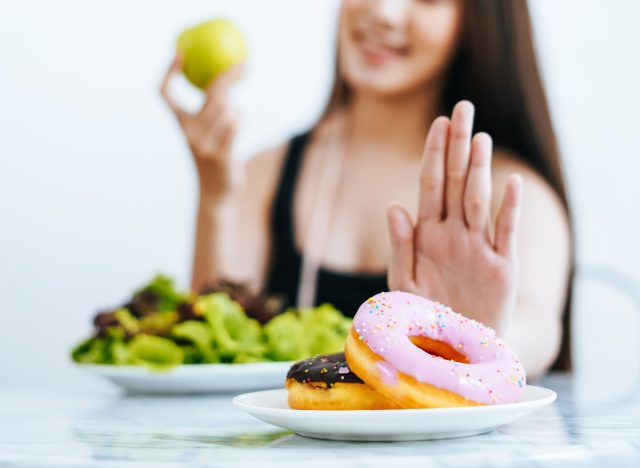
Eat up when it comes to produce (and high-water-content foods), and cut back on ultra-processed foods in order to keep your daily calorie count down and lose weight.
Be mindful of portion sizes of ultra-processed foods. Enjoy larger portions of produce and smaller portions of ultra-processed foods to avoid excess calories.
Don’t eat too many healthy fats.
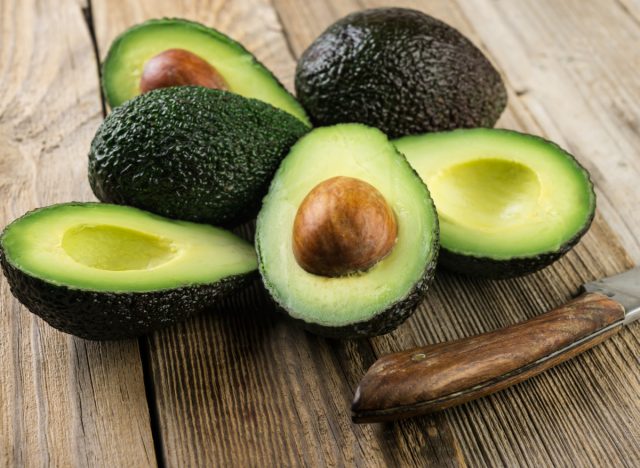
Although healthy fats such as avocados, olive oil, coconut oil, fish, eggs, olives, and chia seeds are important, too much of anything is never a good thing. Moderation is key, as Young points out, “[Healthy fats] are calorie-dense and overconsumption may lead to weight gain.”









